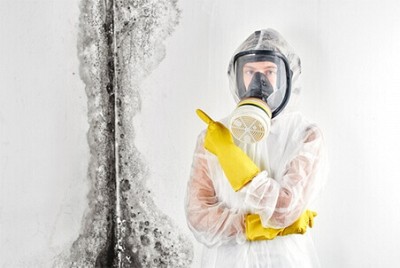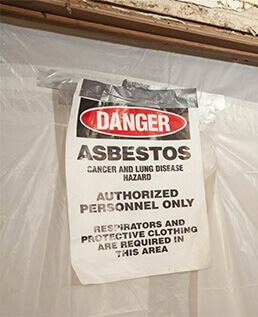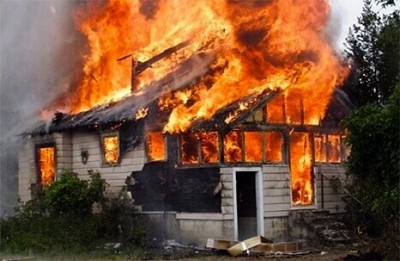How to Prevent Water Damage in Your Toronto Home
Posted in Flood & Water Damage, on April 30, 2024
Protecting your property in Toronto from potential water damage is crucial. Costly repairs and health hazards like mold can arise if water damages your home. With Toronto's ever-changing climate, being proactive in preventing water damage is important. If your property has been affected by mold or water damage, teaming with a reputable restoration company like Canada's...
Read More







